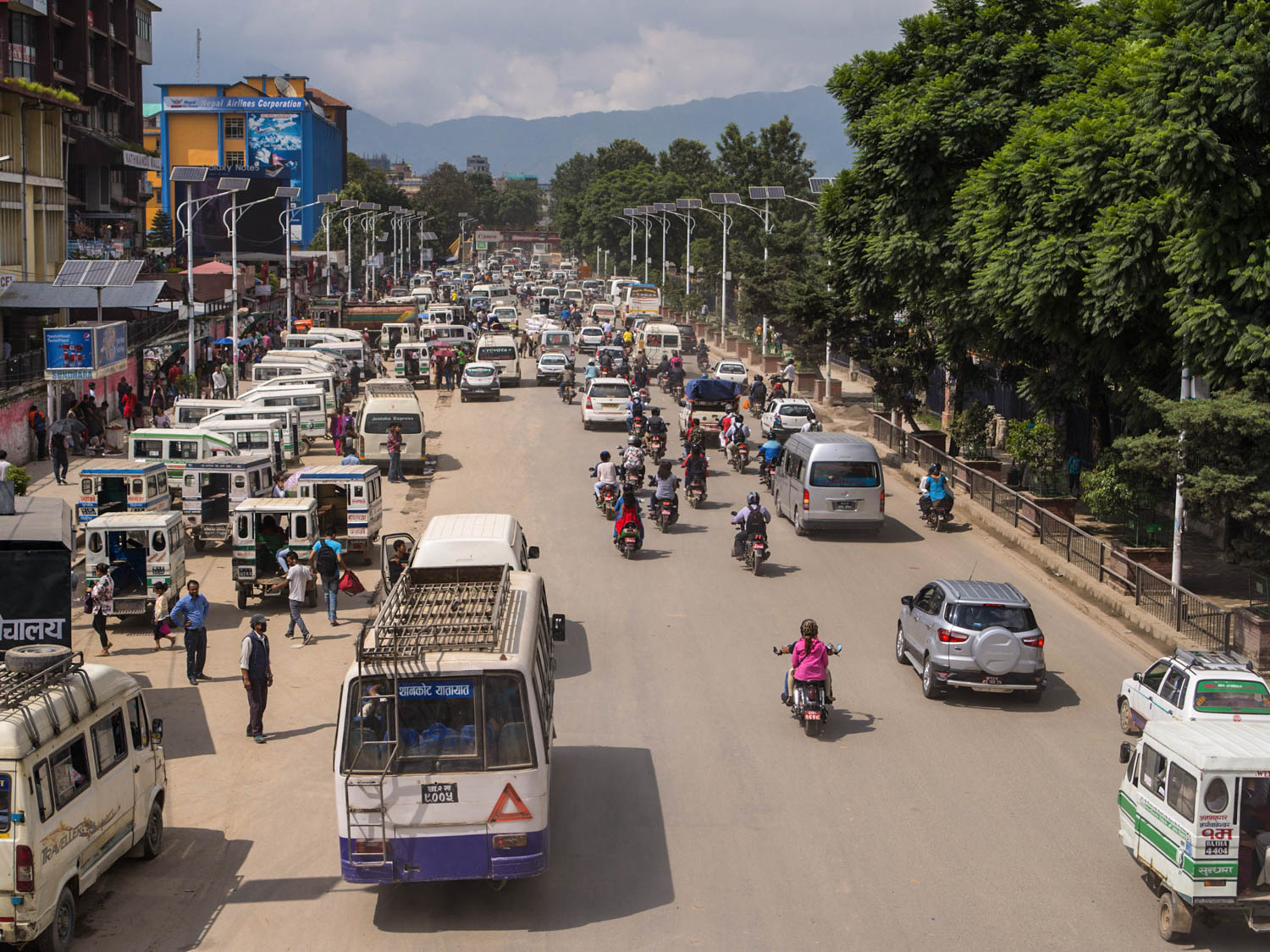
Powering toward a bright future
How Winrock catalyzed a private-sector hydropower industry in Nepal
A Winrock Legacy Story
As a student in Thailand, Guru Neupane studied renewable energy economics. He came to appreciate the power that can be generated from wind and sun and water. So when he returned to his home country of Nepal, Neupane had an idea. “It seemed to me that Nepal had plenty of free resources, flowing water in the rivers and mountains where you can get a big gradient,” he says. With quality machinery, he thought, you could make electricity, something his country sorely needed.
Neupane wasn’t the only one who saw a financial future in Nepal’s mountain streams. Winrock’s Bikash Pandey had recently arrived back in his home country of Nepal in 1998 when he met Neupane. Pandey was there with a colleague to start Winrock International’s Renewable Energy Project Support Office (REPSO) and he, too, was a visionary. The day of his wedding, when couples are typically chauffeured in a car filled with flowers and family, Pandey was instead driving himself and his bride in a jerry-rigged Volkswagen Beetle. It was one of Nepal’s first electric vehicles, Pandey says, and the battery took up so much space that there was no room for anything else.
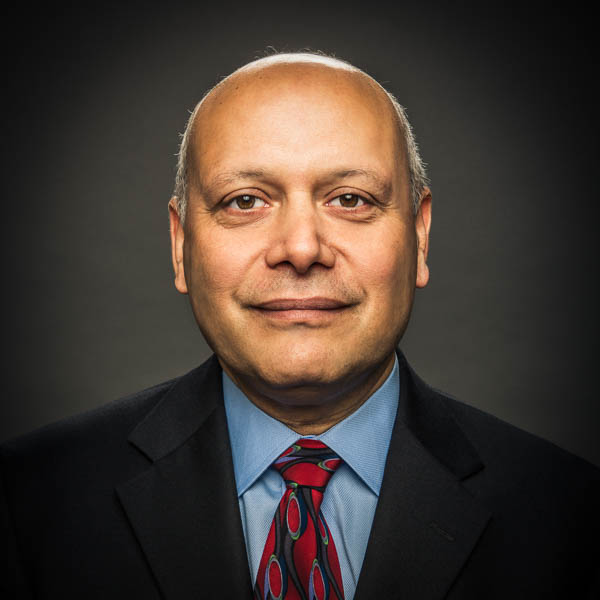
Winrock had a theory of change about how to jumpstart a private-sector industry, Pandey explains, which was that local developers could generate hydropower at a lower rate than the government or the big internationally funded aid projects had been doing. Investment opportunities were limited, he says, “and we argued that quite a bit of money could come from the Nepali public and banks.” Nepali engineers could build the small hydro projects. Local developers could start small, but in time they would bring in international partners at comparable rates.
Winrock’s timing was fortuitous. The government had recently changed its policies to allow private-sector hydropower companies to sell the electricity they generated. That was helpful, says Pandey, now Winrock’s Director of Clean Energy, but it was no guarantee. Companies still had to believe there was money to be made, and they still needed help getting started.
Winrock offered fledgling enterprises financial investments and plenty of technical expertise — and quickly attracted 10 clients. With funding from USAID and the Rockefeller Brothers Fund, Winrock was able to provide half the cost of a feasibility study, often a stumbling block for small companies, plus technical support and general handholding.
A Winning Combination
It was a winning combination, and Neupane was the first to take advantage of it. His Arun Valley Hydropower Company was seeking capital for its inaugural endeavor, the Piluwa Khola Project, a 3-megawatt facility in the Sankhuwasabha district of eastern Nepal.
“In the beginning this was a new system and we did not have any knowledge. And here comes the Renewable Energy Support Office of Winrock …” Neupane says. “They helped me a lot in the very beginning when no one knew about electricity. … They were a source of inspiration.”
Winrock gave Neupane 400,000 Nepali rupees (about USD $6,000 at the time) with the proviso that if the project was built, he would have to return that money with interest. Neupane used the initial investment to fund a feasibility study, without which it would have been difficult to move forward. Based on the positive outcome of the study he was able to raise more than a third of what he needed for the project from shareholders and to borrow the rest from a consortium of banks. This latter task was no easy feat. Commercial banks had no experience lending to a private hydropower company, so no single bank would take the risk. Ultimately, Neupane, a banker himself, pulled together a group of seven banks to invest USD $3 million to finance the project.
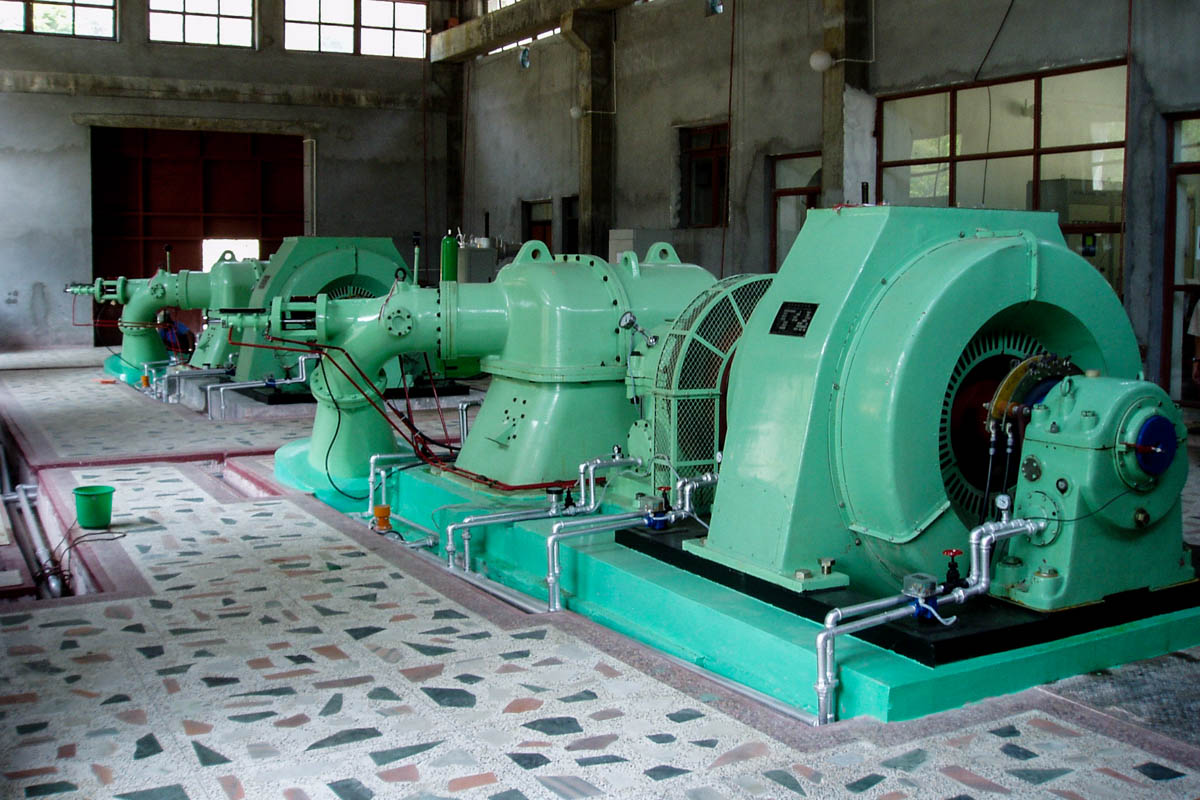
Four districts have been electrified with the power from the Piluwa Khola Project. “We built the power plant, we built the road, we developed the marketplace, and we provided the electricity,” Neupane says. “Now people there are using electricity for lighting and for cooking, heating and milling.”
Neupane’s company, Arun Valley Hydropower, has continued building hydropower stations throughout Nepal, paying robust dividends to shareholders and branching out to solar power. Perhaps best of all for the future of the country’s private-sector hydropower industry, Neupane paid back the original investment with interest.
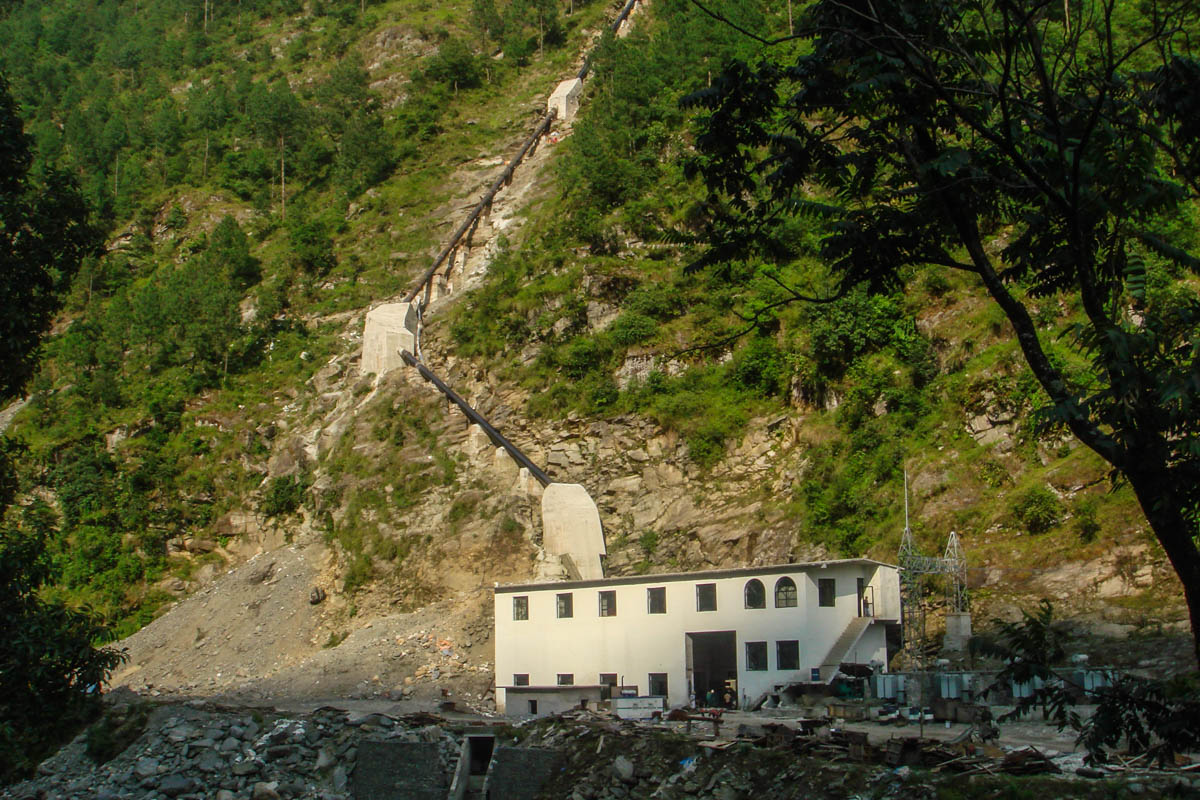
The Birth of a Bank
Arun Valley was the first in what would become a series of successful private-sector hydropower companies assisted by Winrock, the vanguard of a movement that would reshape the way electricity was produced, bought and consumed in Nepal. But Arun Valley’s experience highlighted a need. Seven banks couldn’t come together for every venture.
Enter Manoj Goyal, banker and champion. By the time Goyal began to work with Winrock, he had been trying to create a big infrastructure bank in Nepal for some time. Ultimately, he decided to do a smaller version, focusing on businesses working in alternative energy sources. “A lot of the help we got was from Winrock…” Goyal says. “Bikash [Pandey] was a great resource who handled us and showed us the way.” Hydropower financing requires a very specialized kind of a risk assessment, Goyal explains, and Winrock shared its knowledge, including how to train staff and perform due diligence. In time, Goyal adds, “we became a leader in understanding and supporting policymakers in how to develop hydropower in Nepal.”
Goyal says it was Pandey who came up with the name Clean Energy Development Bank, which would sometimes result in teasing. “I remember the times when I used to meet my banking colleagues at a gathering, some would mock me with, ‘Oh, there’s a clean man coming. What do you think, that we are all dirty here?’” Goyal took the ribbing in stride. “We really believed in what we were doing,” he says.

Once the Clean Energy Development Bank (CEDB) was founded in 2006, with Winrock and the Dutch entrepreneurial development bank FMO/Triodos joining Goyal and his Nepalese investors, hydropower and other sustainable power companies had an easier time financing their ventures. So did the owner-drivers (many of them women) of Safa tempos, the three-wheeled electric vehicles plying the streets of Kathmandu, which Winrock helped promote. The CEDB supported the emergence of Nepal’s private-sector hydropower industry by investing in ventures that other banks would not have touched. In 2015, the CEDB and several smaller banks merged to become NMB Bank, which continues to support sustainable energy ventures.
“Today everybody is investing in hydropower,” Goyal says. “Every commercial bank, the business houses, businessmen and the general public.” The government of Nepal now directs banks to spend 10 percent of their lending funds on hydropower. This increased economic activity has been good for the nation, as Nepal imports fewer petroleum products and there is less drain on foreign exchange resources.
A New Sector Emerges
It isn’t often that a country develops an entirely new economic sector; Pandey says he can count the number of times it’s happened in Nepal on one hand. There was tourism in the 1960s, the Tibetan carpet industry in the 1980s, and airlines in the 1990s. “And then, in the 2000s, this power sector,” Pandey says. “In my mind, this is real sustainability. There are now hundreds of young engineers, over 50 hydropower companies and 30 or so banks that lend to this sector, plus numerous consulting firms and manufacturing workshops — an entire ecosystem … and this was the beginning of it.”
Winrock didn’t create this alone, Pandey is quick to add. There were many partnerships and work that others had done on which to build, including that of an engineer and missionary from Norway named Odd Hoftun, who started several hydropower companies in Nepal, as well as founding a vocational school for young technicians. Winrock “didn’t build [the sector] out of nothing,” Pandey says, but made “important contributions that we have to take credit for.”
Of course, the ultimate goal of hydropower is to change lives. And there has been success in that arena, too, since the emergence of a private-sector hydropower industry in Nepal has coincided with a huge increase in the availability of electricity. In 1998, less than 20 percent of Nepali citizens had access to power; in 2020, 95 percent do. In 2022, there will be an energy surplus in the country for the first time in its history. The issue now, experts say, is stimulating demand, encouraging people to use the electricity that’s already there, to know they can count on it and that blackouts are a thing of the past.
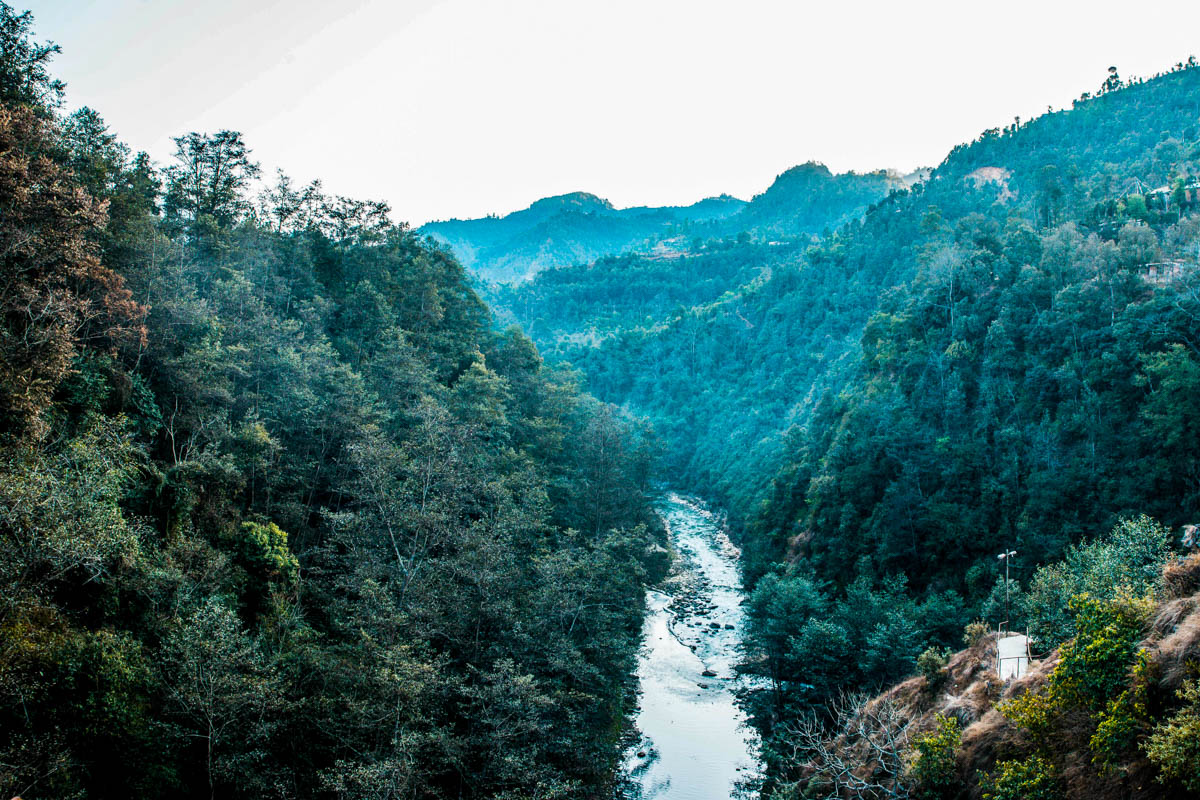
Per capita energy use in Nepal (currently about 260 kilowatt-hours per person per year) is still a fraction of what it is in countries like the United States (where it’s 13,375), says Dr. Subarna Das Shrestha, former head of the Independent Power Producers Association of Nepal and a leading hydropower developer whose company, Sanima Hydropower, also benefited greatly from Winrock’s early support. “Even in my house, even now, we are using LPG cooking gas,” Shrestha says. “But Nepal’s demand for electricity must and will increase to meet targeted double-digit growth and uplift the country’s economy.”
Winrock has a similar belief. In fact, through the U.K.’s DFID-funded Modern Energy Cooking Services program at Loughborough University, Winrock will evaluate the market feasibility of electric pressure cooker adoption. Findings will inform future efforts to accelerate clean cookstove market growth and help the government of Nepal achieve its goal of clean cooking for all by 2030. It’s a logical continuation of Winrock’s two-decades-plus involvement with clean energy in Nepal.
As for Neupane, his dream has come true. More mountain streams are harnessed, more energy is produced, and his company is thriving. “If Nepal has excess energy generation, more foreign investment will come, and the country can export energy.” But Neupane says the government of Nepal alone cannot meet this export market. Once again, it will be up to companies like his, he says. “The outlook for the private sector here is very, very bright.”
